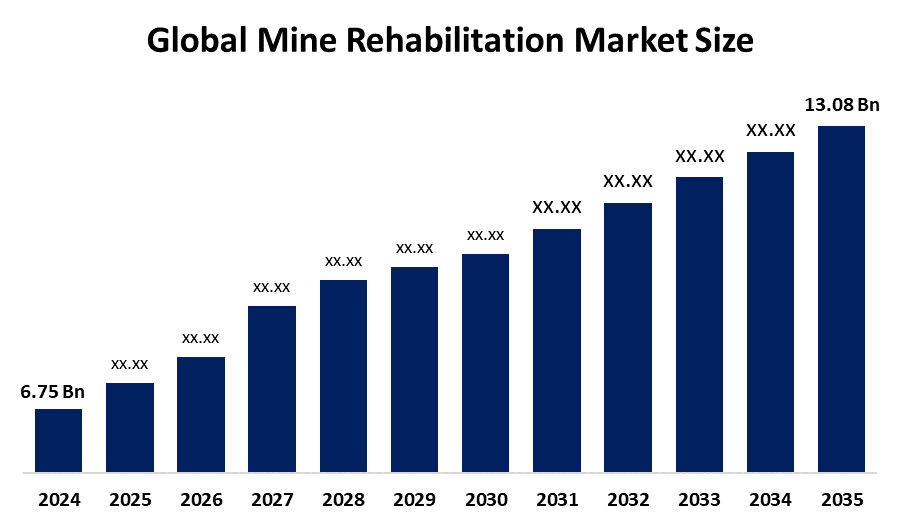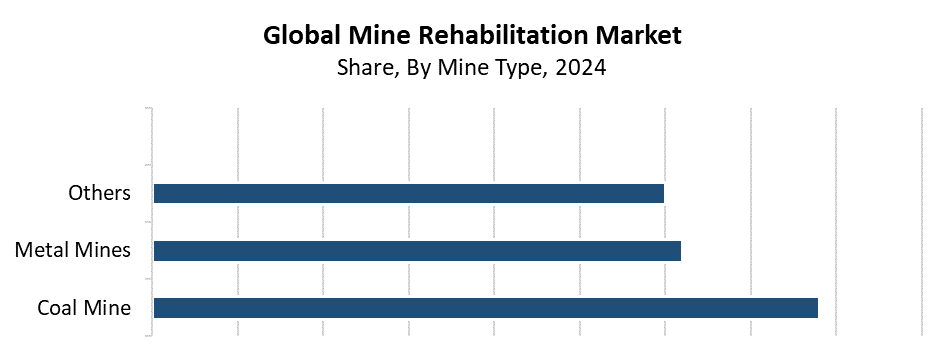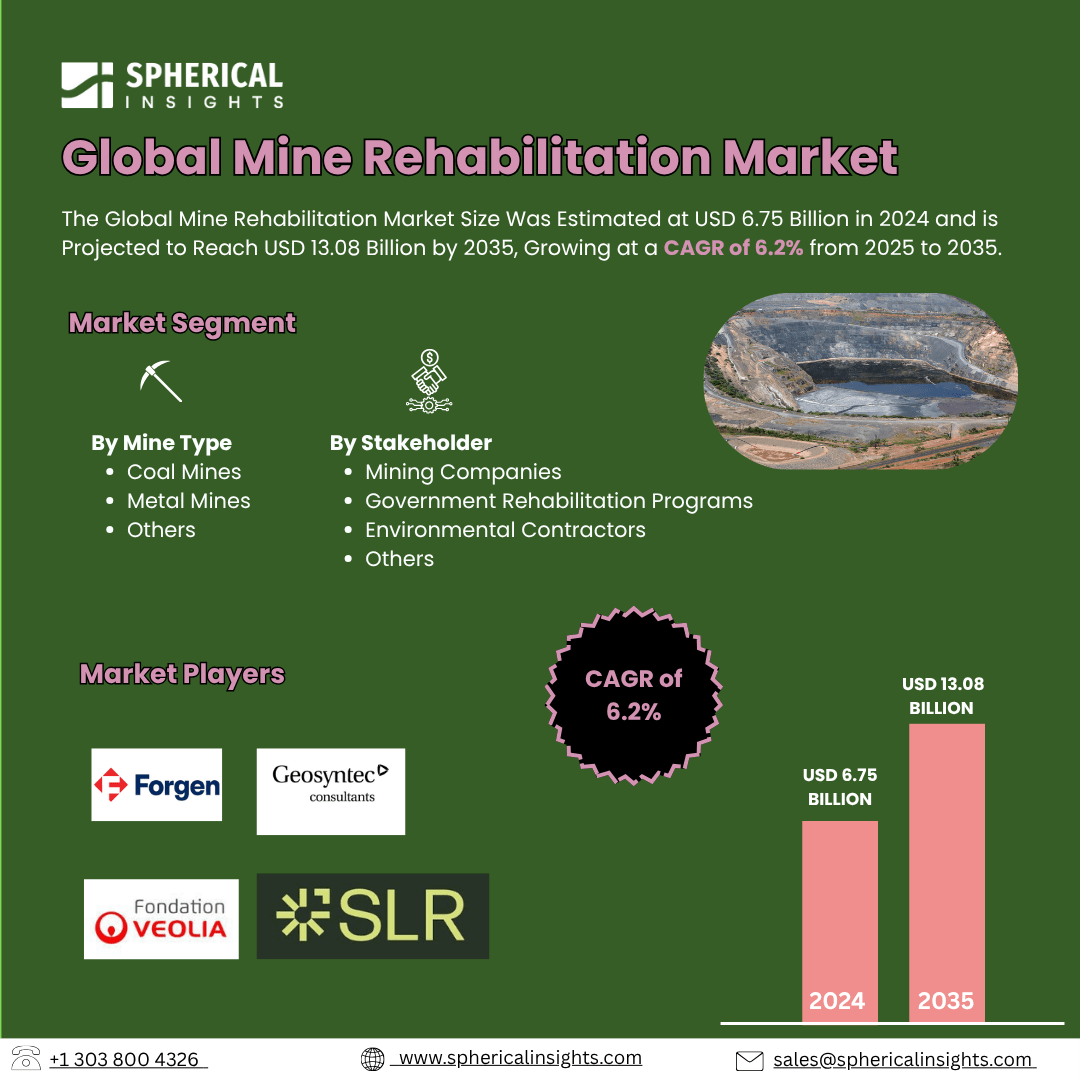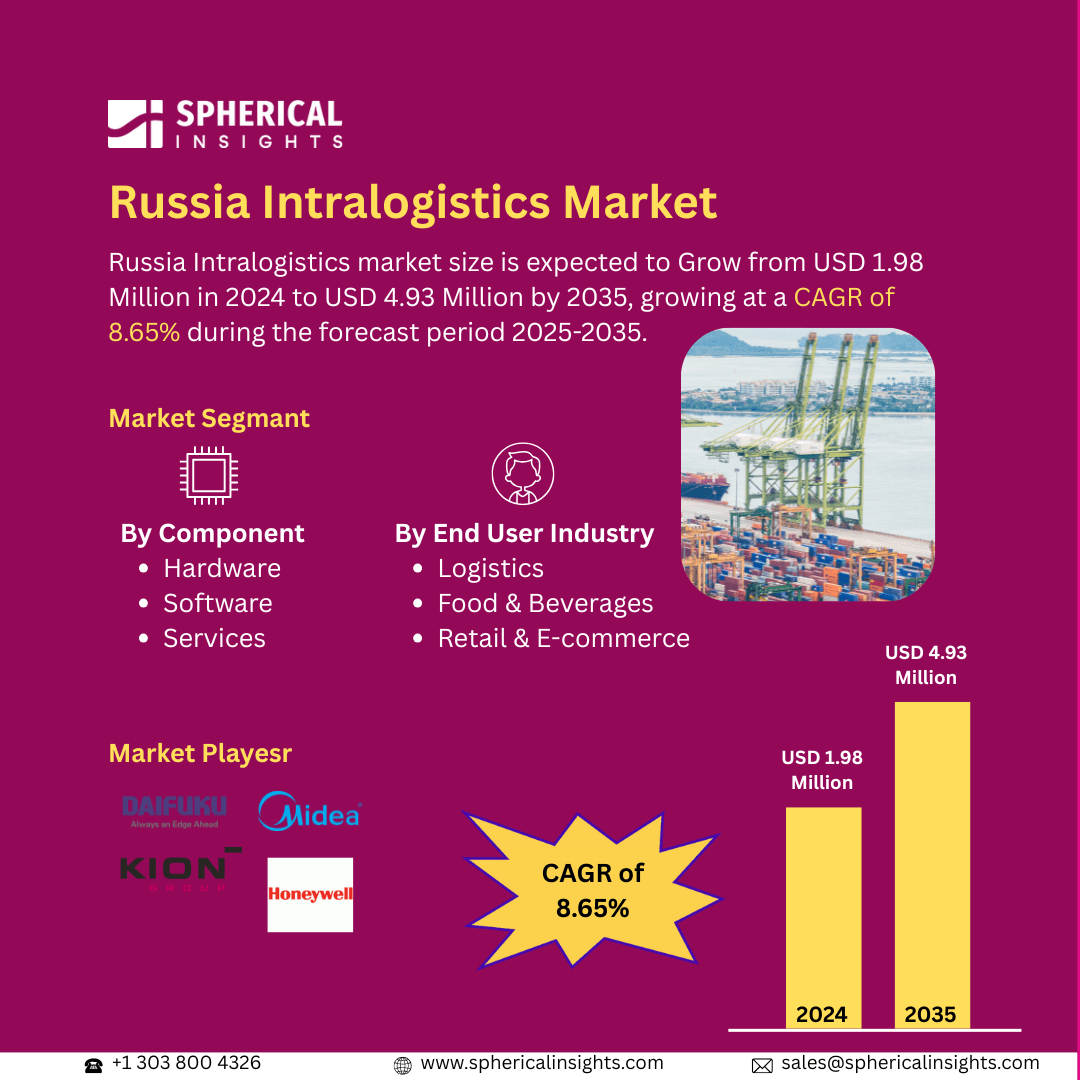Mine Rehabilitation Market Summary
The Global Mine Rehabilitation Market Size Was Estimated at USD 6.75 Billion in 2024 and is Projected to Reach USD 13.08 Billion by 2035, Growing at a CAGR of 6.2% from 2025 to 2035. The market for mine rehabilitation is expanding as a result of increased mining activity, more stringent environmental regulations, government incentives, technological developments in land restoration, corporate social responsibility programs, and the global movement toward resource conservation and environmental protection.
Key Regional and Segment-Wise Insights
- In 2024, the Asia Pacific mine rehabilitation market held the largest revenue share of 54.6% and dominated the global market.
- In 2024, the coal mines segment held the highest revenue share of 39.2% and dominated the global market by mine type.
- With the biggest revenue share of 54.2% in 2024, the mining companies segment led the worldwide mine rehabilitation market by stakeholder.
Global Market Forecast and Revenue Outlook
- 2024 Market Size: USD 6.75 Billion
- 2035 Projected Market Size: USD 13.08 Billion
- CAGR (2025-2035): 6.2%
- Asia Pacific: Largest market in 2024

The market for mine rehabilitation encompasses all procedures and services that restore mining-affected areas to their original, stable, and sustainable condition. The process includes water treatment operations together with ecological restoration work, revegetation efforts, and soil stability measures. The market grows because of stricter government regulations about mine closure, the rising need for responsible mining practices, and growing environmental sustainability requirements. The worldwide expansion of mining activities, together with public and investor support for corporate social responsibility, drives the market demand. The conversion of abandoned mine sites into community spaces or ecological areas generates social and economic benefits. This drives market development.
The mining rehabilitation sector operates under the influence of modern technology, which has brought major changes to the industry. The combination of remote sensing with drone operations, GIS mapping, and advanced soil analysis systems enables precise environmental monitoring. This supports the development of efficient restoration plans. The recovery of water and soil resources reaches better outcomes through the implementation of modern phytoremediation and bioremediation techniques. The Australian government, along with Canadian and South African authorities, have established strict mine closure regulations and financial rewards to support successful rehabilitation programs. The programs work to accelerate sustainable mining practices through collaboration with industry groups and sustainability initiatives, which aim to restore ecosystems for the long term.
Mine Type Insights

The coal mines segment led the global mine rehabilitation market with the largest revenue share of 39.2% in 2024. The leading factor which drives this dominance stems from the extensive environmental destruction that coal mining operations cause. They require extensive restoration projects to bring back vegetation, soil stability, and water quality. The growing number of abandoned coal mines, together with strict government requirements for mine shutdowns and land recovery, has driven up the demand for rehabilitation services. The three major mining countries, China, India, and Australia, have implemented strict environmental rules to ensure that coal mining areas will recover their natural state. Mining companies, together with regulatory agencies, will continue to support sustainable mine closure practices, which will help coal maintain its market dominance.
The metal mines segment of the mine rehabilitation market is expected to grow at the fastest CAGR through the forecast period because the world requires more copper, gold, nickel, and lithium metals. The expanding metal mining operations in emerging nations cause major land and water disruptions, which require effective rehabilitation solutions to address these problems. Mining companies allocate funds toward advanced restoration technologies because they need to fulfil environmental regulations and sustainable mining operations. The evaluation and restoration of sites benefit from geospatial and microbiological methods, which help the expansion proceed. The market will experience faster growth because governments have introduced regulations which promote sustainable mine closures. Businesses have taken responsibility for their environmental impact.
Stakeholder Insights
The mining companies segment leads the global mine rehabilitation market with the largest revenue share of 54.2% in 2024. The increasing obligation on mining operators to guarantee sustainable mine closure and land restoration as part of their operational and environmental compliance is the reason for this dominance. Mining companies dedicate more resources to sustainable practices and advanced rehabilitation technologies because they need to meet strict regulatory requirements and improve their environmental, social, and governance (ESG) performance. Businesses now implement rehabilitation programs because investors demand it and because of public pressure that requires organisations to present all their sustainability information. Environmental consultants, together with technology suppliers, have developed strategic partnerships which enable the worldwide implementation of cost-effective solutions. This is for handling big restoration projects.
The environmental contractors segment of the mine rehabilitation market is expected to grow at the fastest CAGR during the projection period. The expansion of this sector continues because mining companies seek outside help for environmental restoration, soil stabilisation, and water treatment services. Environmental contractors deliver customised solutions through their modern technology systems, which help organisations meet evolving environmental rules and sustainability objectives. The requirement for expert environmental services continues to grow because rehabilitation projects have become more complex and need proper project management. The mining industry has started to work with environmental consulting firms through government-supported mine closure programs. This allows contractors to create new business opportunities and become vital players in the mining industry's long-term ecological rehabilitation.
Regional Insights
The Asia Pacific region dominated the global mine rehabilitation market by capturing the largest revenue share of 54.6% in 2024. The main source of this leadership comes from large-scale mining operations in China, Australia, and India, which produce most of the world's coal and minerals. The region now focuses on sustainable mining operations. This has led to stricter government regulations for mine closure and environmental restoration, and better rehabilitation efforts. Large-scale expenditures in land reclamation projects are also being encouraged by growing awareness of ecological protection and community welfare. The Asia Pacific region maintains its leading position in the global mine rehabilitation market through successful restoration projects, public-private mining partnerships, and technological advancements in rehabilitation methods.
North America Mine Rehabilitation Market Trends
The North American mine rehabilitation market experiences steady growth because of strict environmental regulations and modern mining methods, and resource management practices that focus on sustainability. The United States and Canada serve as the two main regional donors because they have established strong mine closure systems and government initiatives that promote environmental recovery and land rehabilitation. Public environmental awareness, along with corporate commitments to ESG standards, drives mining companies to support efficient rehabilitation systems. The region enhances rehabilitation success through its application of modern techniques, which include automated monitoring systems, bioremediation, and remote sensing technologies. The region has established itself as a leader in sustainable mine management practices because regulatory bodies work together with academic institutions.
Europe Mine Rehabilitation Market Trends
The market for mine rehabilitation in Europe is growing significantly because the region needs to achieve net-zero emissions and follow strict environmental rules while promoting sustainable mining operations. Germany and the United Kingdom, along with Poland, lead the way in restoring active and abandoned mines through their programs, which focus on soil treatment and ecosystem recovery, and water purification. The European Union promotes economic development through its strict environmental rules and its financial support programs. These funds post-mining land development. The development of new restoration solutions continues because governments work alongside mining companies and environmental organisations. The European Union maintains its position as the leader in sustainable mine rehabilitation through its implementation of modern techniques, which include phytoremediation and GIS monitoring systems, and renewable power systems in previously mined areas.
Key Mine Rehabilitation Companies:
The following are the leading companies in the mine rehabilitation market. These companies collectively hold the largest market share and dictate industry trends.
- Forgen
- Veolia
- SLR Consulting
- Geosyntec Consultants
- Tetra Tech
- Thiess Rehabilitation
- Stantec
- Iluka Resources
- RESPEC
- WSP
- Others
Recent Development
- In July 2025, American Tungsten prioritised increasing the supply of tungsten ore in North America while expediting the restoration of the historic IMA Mine in Patterson, Idaho. The company started big efforts to re-establish safe access and evaluate subterranean infrastructure, and it extended its drilling program to investigate deeper molybdenum-bearing zones beneath previously mined tungsten areas.
Market Segment
This study forecasts revenue at global, regional, and country levels from 2020 to 2035. Decision Advisors has segmented the mine rehabilitation market based on the below-mentioned segments:
Global Mine Rehabilitation Market, By Mine Type
- Coal Mines
- Metal Mines
- Others
Global Mine Rehabilitation Market, By Stakeholder
- Mining Companies
- Government Rehabilitation Programs
- Environmental Contractors
- Others
Global Mine Rehabilitation Market, By Regional Analysis
- North America
- Europe
- Germany
- UK
- France
- Italy
- Spain
- Russia
- Rest of Europe
- Asia Pacific
- China
- Japan
- India
- South Korea
- Australia
- Rest of Asia Pacific
- South America
- Brazil
- Argentina
- Rest of South America
- Middle East & Africa
- UAE
- Saudi Arabia
- Qatar
- South Africa
- Rest of the Middle East & Africa





